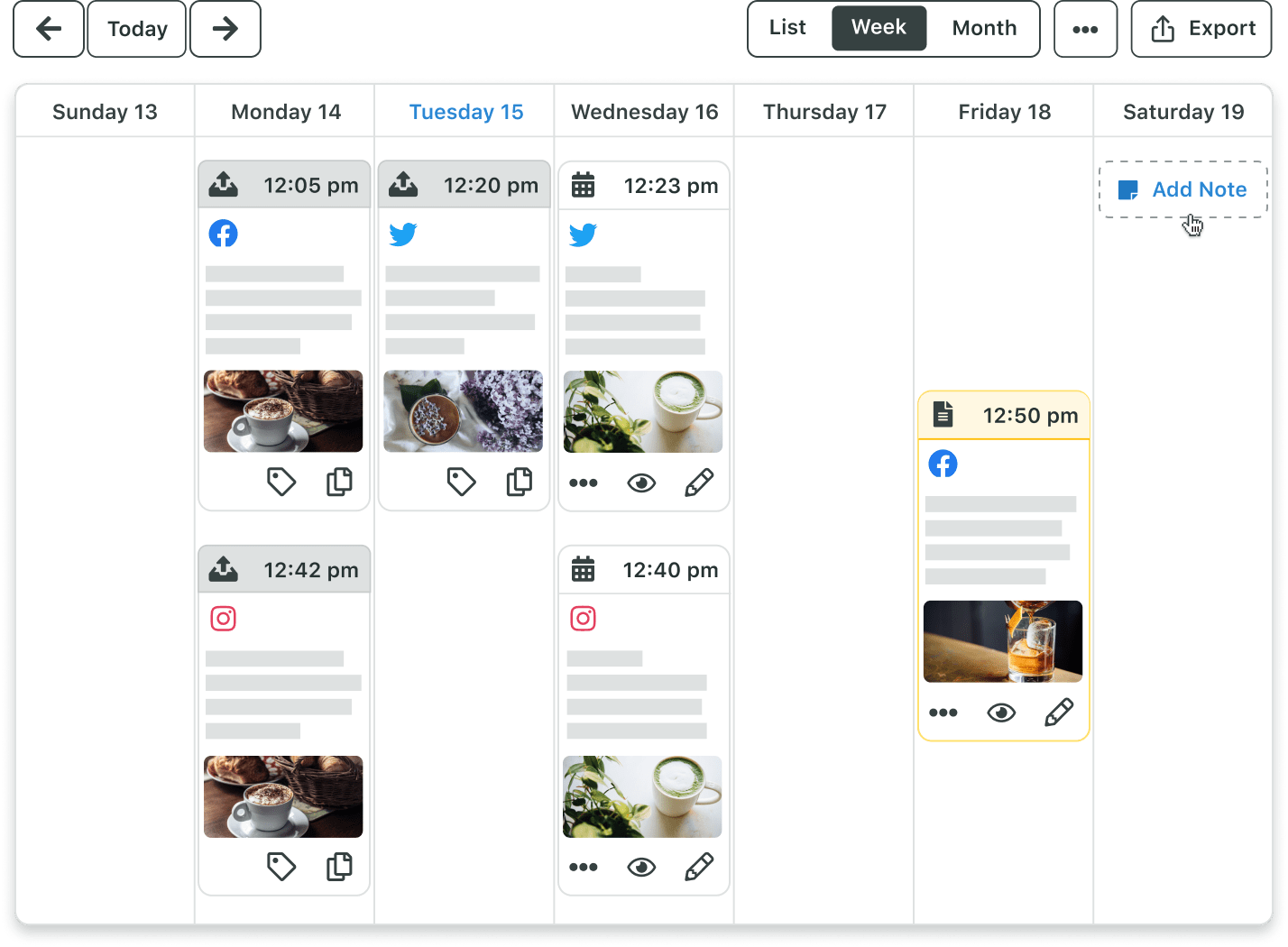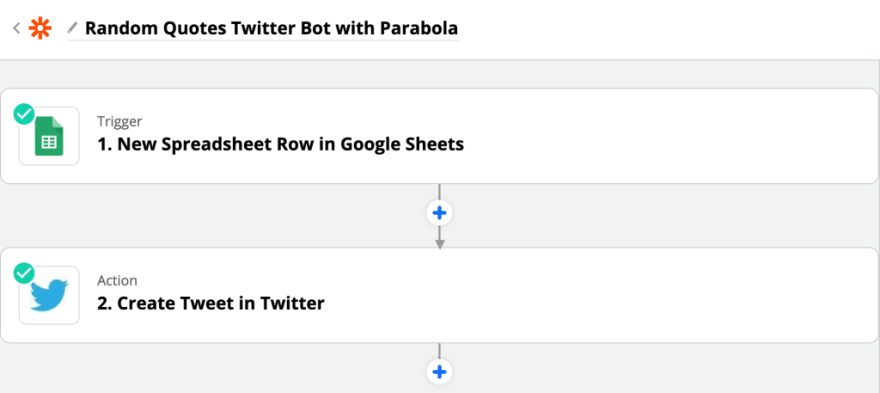Social media has become a part of everyday life—for better or worse. According to Statista, the average American spends just over two hours per day on social media. Meanwhile, the percentage of Americans with a social media profile (82%) now exceeds the number of households with a television (71%), making it a vital communication channel.
Unfortunately, many startups and established businesses struggle to see results from social media. The good news is that there are a few strategies that you can use to improve engagement and achieve your desired outcomes without spending hours each day coming up with ideas for posts and hoping for the best.
Let's take a look at how to streamline your social media marketing efforts using processes and automation tools.
Social media has become one of the most critical communication channels for advertisers—here's how to streamline your outreach to maximize return on investment. Share on XFinding What Works
Many businesses have dabbled in social media but struggled to achieve results. In some cases, that's because they exclusively self-promote without delivering any real value to their audience. In other cases, it's because they don’t stick with it long enough. Fortunately, a handful of strategies can help you achieve results.
Start by creating a few personas for your audience. These are fictional representations of your ideal customers, including their demographics, desires, and pain points. Then, with these personas in place, write posts that help them solve their pain points or speak to their desires. Writing to a specific audience will significantly boost your engagement.

Personas can help with everything from writing posts to selecting the best networks. Source: Sprout
For example, a budgeting app might have a persona for a busy 40-year-old mother of three children that needs to carefully manage their budget to control costs. A pain point might be not having enough time to budget between work and her children’s after-school activities. And a desire may be to stay organized and confident in her decisions.
When creating social media posts, it’s much easier to speak to this fictional person’s situation with helpful advice and guidance. For example, you might write about ways to save time when budgeting or how to save money on groceries with a large family. These posts are better targeted to the demographic and therefore may convert better than the general public.
Finally, about two-thirds of your social media posts should be informational and designed solely to help your audience. For example, you might share short pieces of advice or helpful links to news articles. Only one-third of your posts should be self-promotional, and even those posts should tie in a persona's pain points or desires.
Creating a Workflow
The next step in streamlining your social media efforts is defining a clear workflow. Rather than writing social media posts ad-hoc, it's best to incorporate them into your existing workflows. For example, you might add the creation and scheduling of social media posts to your content marketing workflows to ensure they get done.
Start by adding social media triggers to existing processes, such as blog posts, new product features, press releases, or events. When any of these events occur, add the creation of social media posts to the to-do list. You can schedule these posts out over days, weeks, or months to drive ongoing traffic, leads, sign-ups, or other actions.

Social media calendars make it easy to schedule and organize posts over extended periods. For example, Sprout makes it easy to manage posts across various social networks in a calendar. You can automatically schedule posts and see what posts are going out on a given day to ensure the right timing and cadence.
| Network | Posts per Day |
| 1-2 | |
| 3-10 | |
| 1-3 | |
| Instagram Stories | 2-5 |
| 3-20 | |
| 1-2 |
The ideal number of social media posts per day depends on the network (see the table above). Many social media planning applications can also schedule posts at optimal times to maximize engagement. For example, Twitter engagement is typically highest around 9 a.m., whereas Facebook's is later in the day.
Using Automation Tools
The final step is setting up automation tools to simplify and streamline these processes.
BannerBear is a popular tool to automatically create social media graphics and videos—key elements to improve engagement. Rather than creating graphics from scratch, the platform automatically overlays text over an image and uses artificial intelligence to position the images correctly. And you can trigger media creation with an API or webhook.
Zapier and Make (Integromat) make it easy to stitch together different tools, such as Sprout, Buffer, BannerBear, or Google Sheets. For example, you can configure Zapier to automatically generate a BannerBear image when a new row is added to a Google Sheet. Then, you can schedule the social media post on Buffer with the associated image.

These automation tools work with a wide range of different solutions. For instance, you might use your blog's RSS feed for article sharing posts, Atlassian as a trigger for product update posts, or even a thought leader's Twitter feed as a trigger for informational posts. That way, you can keep your social media feeds updated with minimal extra effort.
The Bottom Line
Social media has become an integral part of everyday life, making it an important communication channel for businesses. Rather than diving in with ad-hoc posts, you can achieve better results by taking the time to understand your target audience, building social media into your existing processes, and leveraging automation tools to streamline everything.
Sharkbyte can help you with custom software development and team augmentation services if you're a startup or an established business looking to expand. If you’re at the startup stage, we can even help you create a realistic product roadmap that you can use to guide development and keep projects on time and budget.



